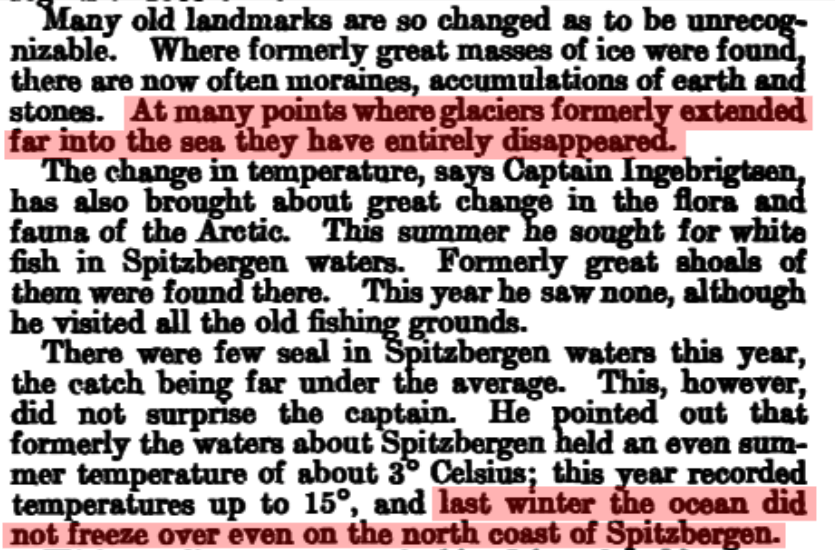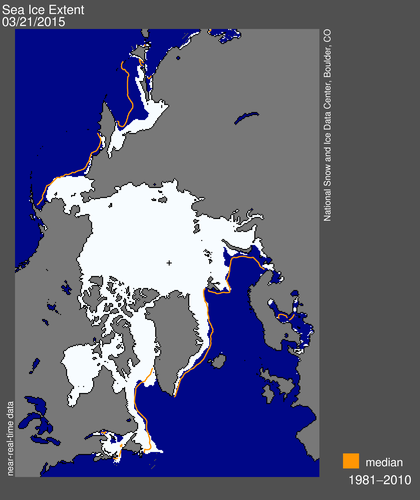Spitzbergen is almost completely surrounded by ice.
Disrupting the Borg is expensive and time consuming!
Google Search
-
Recent Posts
- Michael Mann Again
- Over The Target
- Michael Mann’s Latest Research
- “an amazing documentary dismantling the climate change theory”
- The World’s Greatest Climate Scientist Speaks Out
- Startling New Revelation
- Just An Illusion
- Climate Conditioning
- Fact Checking Reuters
- No Correlation
- I Offended Their Religion
- The High Priest Has Forbidden Questioning His Religion
- Hiding And Rewriting History
- Fact-Free Economist
- Academic Tipping Points
- Desperate Academics
- Climate Misinformation
- Unreliable And Toxic
- Unreliable And Toxic
- Fossil Fuels To End Risotto
- HG Wells “CHANGES IN THE WORLD’S CLIMATE” 1920
- SCIENCE : THE ICE AGE COMETH?
- Climate Misinformation
- “Goodbye New York. Goodbye Washington”
- Climate Refugees
Recent Comments
- Disillusioned on The World’s Greatest Climate Scientist Speaks Out
- Timo, not that one! on Michael Mann Again
- Mac on Michael Mann Again
- Disillusioned on Michael Mann Again
- Eric Simpson on Michael Mann Again
- Conrad Ziefle on Michael Mann Again
- czechlist on Michael Mann’s Latest Research
- Robertvd on Over The Target
- Mac on Over The Target
- Gordon Vigurs on Over The Target




From WIKI
15°C ( 59°F) is a heck of a lot warmer sea surface temperature!
Maybe the result of active underwater volcanoes in the area? A major shift in the Gulf Stream?
http://eoimages.gsfc.nasa.gov/images/imagerecords/54000/54734/gulf_stream_modis_lrg.gif
North Atlantic sea surface temperature, from Oceanweather – (wwwDOT)getaforecast.com/weather-charts-seatemp.php
Date of chart: 23 March 2015
http://www.oceanweather.com/data/NATL-Northern/SST.GIF
And if you can stand the hype…
OH MY, is there nothing that the EVIL GAS CO2 can not do?
I propose that Obama sign an EO compelling every American to breathe two fewer times per minute to save the planet. And you will be monitored by EPA.
Don, he has the pen, now just get him the phone number for the Gulf Stream and it will be taken care of.
…. those are just anecdotal measurements from a non-scientist.. deemed irrelevant since they don’t bolster Climate Change….
Kenyan Farmers were a big deal in the news last week… these malnourished folks memories WERE taken seriously regarding CO2 controlled drought… despite actual rainfall measurements showing otherwise… these Kenyan Farmers anecdotal accounts need to be taken seriously… these folks need to be reimbursed… their crops are being ravaged not by cyclical drought… but by .0004 mole fraction CO2…